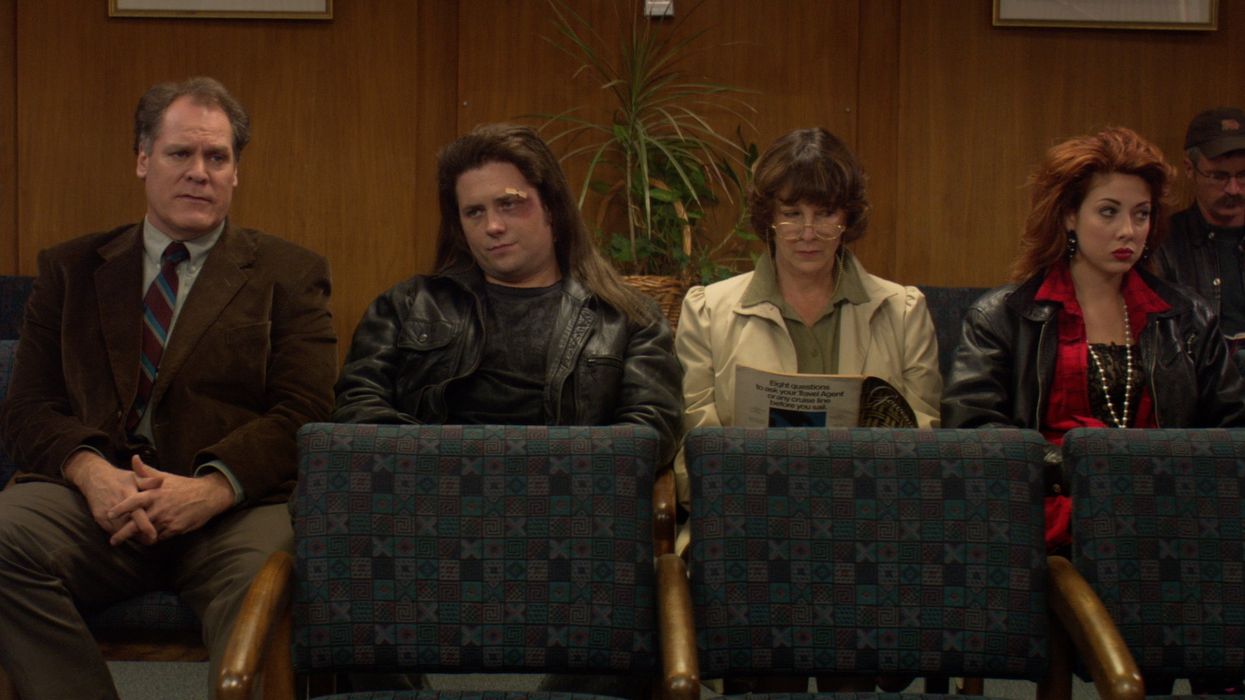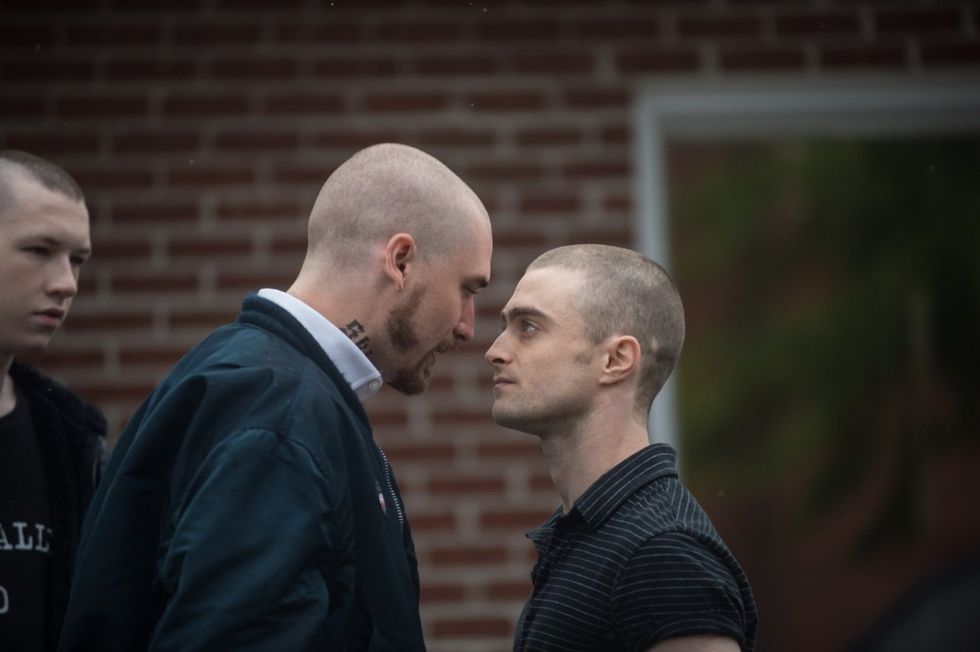6 Post-Production Practices for Your First Short Film
Making your first film and wish to improve the post-production workflow? A recent panel hosted by SAG-AFTRA aims to help.

With an endless amount of scheduling, budgeting, and constant decisionmaking, preparation on your first short film can prove a daunting task. Each experience offers its own set of obstacles. As such, your post-production workflow is one challenge you should consider tackling early in the process, and the sooner you do, the less you may find yourself saying, "we'll fix it in post."
At a recent panel by the SAG-AFTRA Foundation, four filmmakers—producer Simon Taufique, producer Mridu Chandra, editor Robert Wilson, and producer Raj Trivedi—shared their insight and tips on running a smoother post-production schedule. We've pulled out highlights from the discussion below.

1. The earlier, the better
Whether you’re asking colleagues to be a part of your film for full scale or no compensation at all, you still need to find your post-production team as early as possible. Don't wait until the last minute, especially if you don’t have a budget. It may take time for someone to say yes or even find the opportunity to work with you.
If your budget is thin, believe in the story you’re telling. If you believe it, they'll believe it too. Simon Taufique suggests to even send your script to post houses. Citing one such experience, a post house got behind a project and donated their services based solely on the script. “We thought we’d only get a lunch break with their colorist, but we got days of free coloring for this film simply because they loved the script!"
2. How to choose the people around you
Even if it's easier to employ your close friends willing to work for cheap, it’s better to step outside your comfort zone. Building valuable relationships takes time, so start early. Ask yourself if you want to learn every aspect of filmmaking or only specific parts of production while making your project.
Alternatively, Raj Trivedi notes that making something yourself (and learning it on your own) allows you to figure out what aspects you enjoy. If you find you don’t like editing, then that’s a role you need to find [for] someone [else]. He also says every editor should read Walter Murch’s In a Blink of an Eye.

3. Identify your obstacles and overcome them
Simon Taufique: Imperium was up against a very tight budget and deadline from Lionsgate. Due to thinning funds, the team cut the film in the editor’s home. Rather than rent, they built their own computer to edit on and afterward sold it on eBay to recoup some of the cost. They even went as far as convincing the owner of the post company to be an investor on the film!
Mridu Chandra: While working on The Dissection of Thanksgiving, a film set in the 1980s featuring 1980s pop music, the filmmakers ran into a possible music licensing issue. How did they overcome it? Rather than shoot scenes with the desired music playing in the background, they chose to add it later in post, effectively avoiding any workaround issues they'd face if unable to obtain certain song rights.
It’s always good practice to remove any clearance hurdles during production, such as music, trademarks, and third-party footage beforehand. If you can't, try to keep them out of frame for your final edit. If you need music in the scene, use a temp track of the same beat with a frequency that can be tuned out in post. It’s much easier to replace than a music track.
Robert Wilson: Never give up on your footage during editing. If you happen to be in production and are able to film a two shot and one over-the-shoulder (OTS) while it begins to rain, you can’t go back. Just because you don’t have the reverse OTS doesn’t mean you can’t find something in the two shot. In a project Wilson edited, he was able to find a look in a two shot and flip it to give it the appearance of the reverse OTS.
4. Backup, Backup, Backup
Create an effective backup system that won’t leave you high and dry. The panel suggests higher-rated hard drives with at least 7200 RPM so that you’re not waiting for files to transfer on set. Backing up memory cards to two different drives is good practice. For short films, back up daily footage before backing up everything else. On feature films, a daily and weekly backup is best. Place each backup storage device in separate locations in case there’s a fire or a theft.
5. Transcoding
If you’re shooting high resolution footage in 4K, you can transcode to a lower proxy like ProRes LT. That way, you’re not bogging down your machine while editing. After you’ve completed the cut, you can then conform the high resolution footage back in (along with the finished audio).
6. Exports
Try to predict where the finished project will end up. If you’re planning to go on the festival circuit, be sure to check their site for any technical data. Mridu Chandra suggests you at least make an export of the completed film with all text and graphics in both 5.1 sound and stereo sound. Besides any frame rate exports, you should also export a textless version with both 5.1 sound and stereo sound and one without subtitles with both 5.1 sound and stereo sound. While budgeting with the editor, it’s also good to include at least three DCP (Digital Cinema Package) and Blu Ray versions.
Be sure to check out the SAG-AFTRA Foundation’s entire conversation here to get more helpful post-production tips.
1.

 Richard Gere and Uma Thurman in 'Oh, Canada' via Kino Lorber
Richard Gere and Uma Thurman in 'Oh, Canada' via Kino Lorber  Uma Thurman in 'Oh, Canada'via Kino Lorber
Uma Thurman in 'Oh, Canada'via Kino Lorber 









